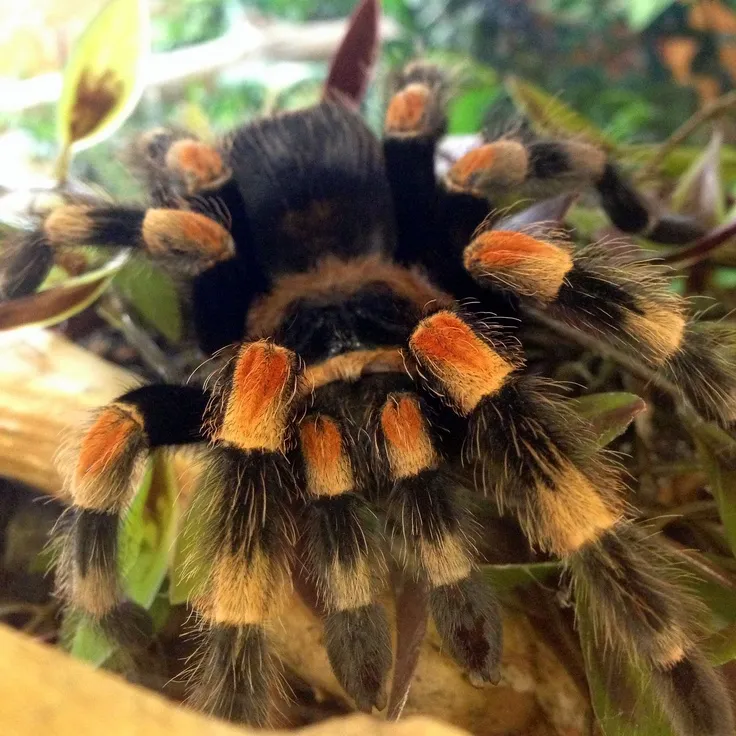Mexican Red Knee Tarantula Care
The Mexican Red Knee Tarantula, scientifically known as Brachypelma hamorii, is a captivating creature and a popular choice for pet owners. Known for their striking red and black coloration and relatively docile temperament, these tarantulas can make fascinating pets. However, responsible ownership requires understanding their specific needs. This guide will provide you with the essential care tips to ensure your Mexican Red Knee thrives, covering everything from habitat setup and feeding to handling and health considerations. With the right knowledge and dedication, you can enjoy a rewarding experience of caring for one of these amazing arachnids. This article will help you understand how to take care of your new Mexican Red Knee Tarantula.
Choosing Your Mexican Red Knee
Appearance and Temperament

Mexican Red Knees are renowned for their distinctive appearance. Adults boast a striking color pattern of black body with vibrant red or orange markings on their leg joints, giving them their name. Their coloration becomes more pronounced with each molt. In terms of temperament, they are generally considered to be docile tarantulas, making them a good choice for beginner tarantula keepers. However, individual personalities vary, and it’s essential to approach them with respect and caution. Observe the tarantula’s behavior before handling.
Where to buy a Mexican Red Knee
When acquiring a Mexican Red Knee, it’s crucial to source from reputable breeders or pet stores specializing in exotic pets. This ensures you receive a healthy specimen and provides an opportunity to ask questions about the tarantula’s history and care. Avoid purchasing from unreliable sources, as this could lead to obtaining a sick tarantula. Examine the tarantula for signs of health, such as a plump abdomen and active behavior. Ask the seller about the tarantula’s last molt and feeding schedule. Also, check if the tarantula has been properly sexed, as this information is useful for future care. Be sure to research the breeder or pet store beforehand to verify their reputation.
Setting Up the Perfect Habitat
Creating an appropriate habitat is crucial for the well-being of your Mexican Red Knee Tarantula. The enclosure should replicate its natural environment and provide the necessary conditions for it to thrive. This involves selecting the right enclosure size, substrate, temperature, and humidity. The setup should be secure, escape-proof, and easy to maintain. With the right environment, your tarantula will feel safe and will exhibit its natural behaviors. Proper setup is key to your tarantula’s overall health and lifespan.
Enclosure Size and Type
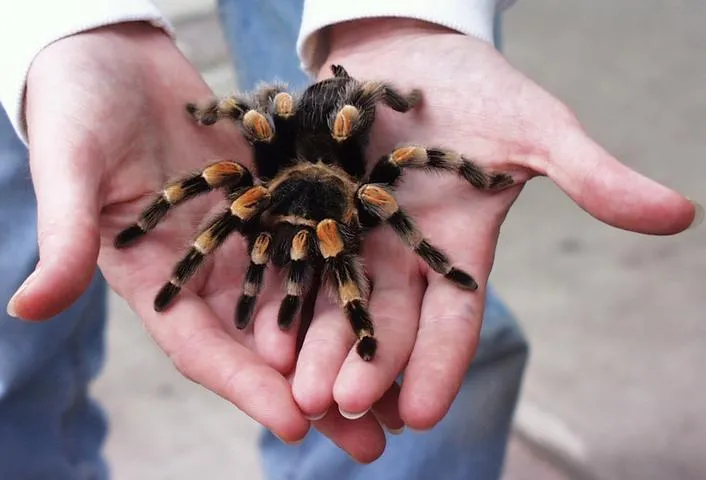
The size of the enclosure is essential for your Mexican Red Knee. A good rule of thumb is to provide an enclosure that is at least twice the tarantula’s leg span in width and length. For juvenile tarantulas, a smaller enclosure is suitable, such as a 5-gallon tank. As they grow, upgrade to a larger enclosure. For an adult, a 10- to 20-gallon tank is usually adequate. Ensure the enclosure is escape-proof with a secure lid. Avoid enclosures with large ventilation holes, as these can create drafts. Glass or clear plastic terrariums are ideal for visibility, making it easy to observe your pet.
Substrate and Furnishings
The substrate is the bedding material that lines the bottom of the enclosure. For Mexican Red Knees, a substrate that holds humidity well is ideal. Coconut fiber, peat moss, or a mixture of both are excellent choices. Provide a substrate depth of 3–6 inches to allow the tarantula to burrow. This depth also helps maintain humidity levels. Adding furnishings such as cork bark, driftwood, or artificial plants provides hiding places and enrichment for the tarantula. These furnishings will make your tarantula feel more secure and less stressed. Ensure all furnishings are clean and free of any harmful chemicals or sharp edges.
Temperature and Humidity
Maintaining the right temperature and humidity is critical for the health of your Mexican Red Knee. The ideal temperature range is between 75–85°F (24–29°C). You can use a heat mat or a low-wattage heat lamp to maintain the desired temperature. Always place the heat source on the side of the enclosure to create a thermal gradient. Monitor the temperature with a thermometer. Humidity levels should be maintained between 60–70%. This can be achieved by misting the enclosure once or twice a week, depending on your home’s environment. Monitor the humidity with a hygrometer and adjust misting as needed. Adequate ventilation is also important to prevent mold growth.
Feeding Your Tarantula
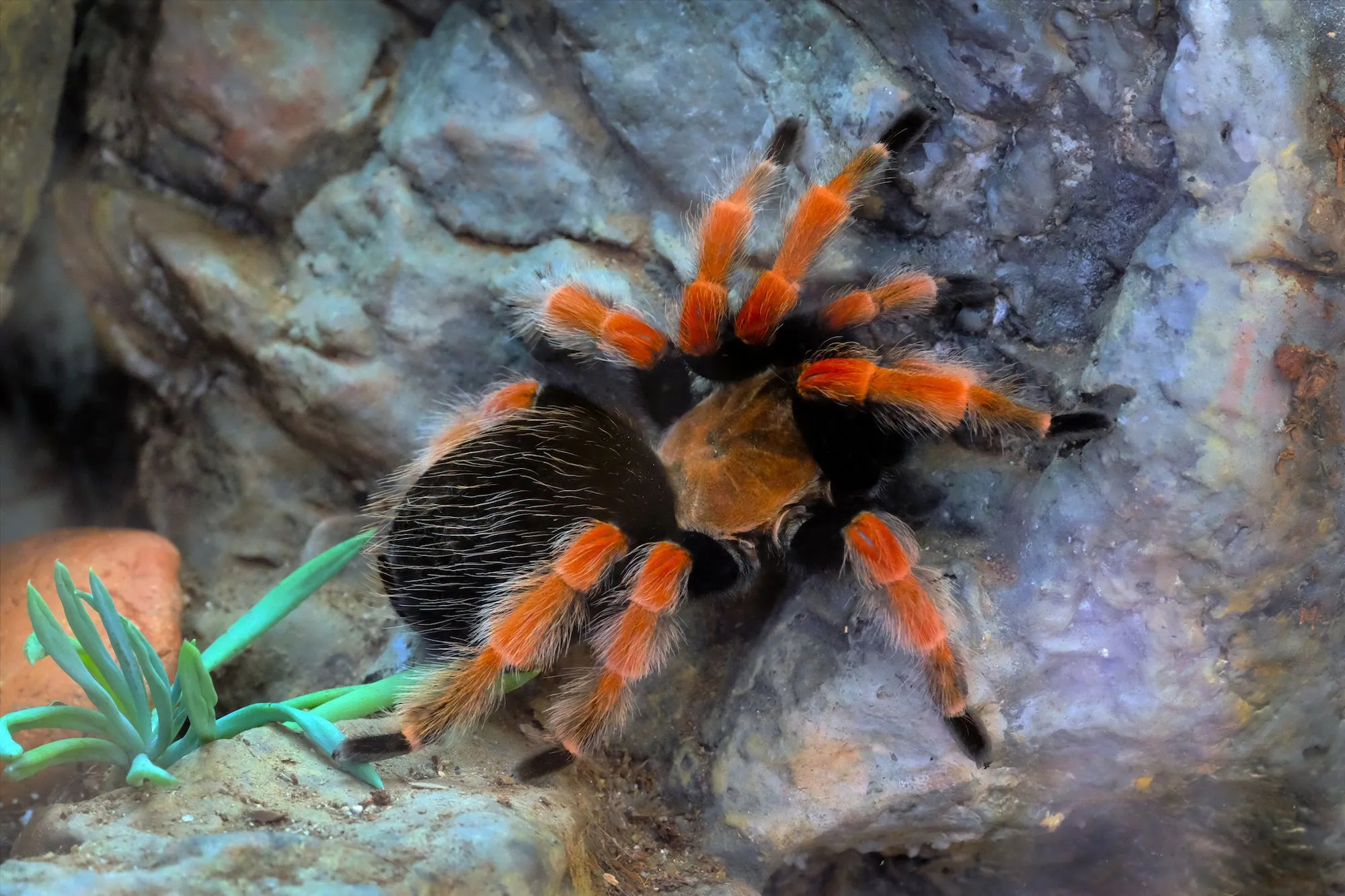
Feeding your Mexican Red Knee Tarantula is a straightforward process. They are opportunistic eaters and will readily consume a variety of insects. It is important to offer a balanced diet to ensure your tarantula gets all the nutrients needed. Be sure to provide food that is appropriate in size for your tarantula to eat. Also, remove any uneaten food after 24 hours to prevent mold and mite growth. With consistent feeding practices, your Mexican Red Knee will maintain its good health and grow well.
What to Feed
The diet of a Mexican Red Knee typically consists of insects. Crickets, roaches, and mealworms are all suitable choices. Ensure the insects are gut-loaded before feeding them to your tarantula. Gut-loading means feeding the insects a nutritious diet before offering them to your pet, which enriches their nutritional value. Avoid feeding wild-caught insects, as they may carry pesticides or parasites. You can also offer pre-killed insects, especially if your tarantula is reluctant to hunt live prey. Always consider the size of the insect in relation to the tarantula’s size, to prevent potential injury.
Feeding Frequency
The feeding frequency of your Mexican Red Knee will depend on its age and size. Spiderlings should be fed every 2–3 days. Juveniles can be fed every 5–7 days, and adults can be fed once every 1–2 weeks. Adjust the feeding schedule based on your tarantula’s appetite and condition. A plump abdomen indicates that the tarantula is well-fed. If the abdomen appears too large, reduce the feeding frequency. Be sure to remove any uneaten food within 24 hours to prevent mold and mite problems. Always provide fresh water for your tarantula.
Watering and Hydration
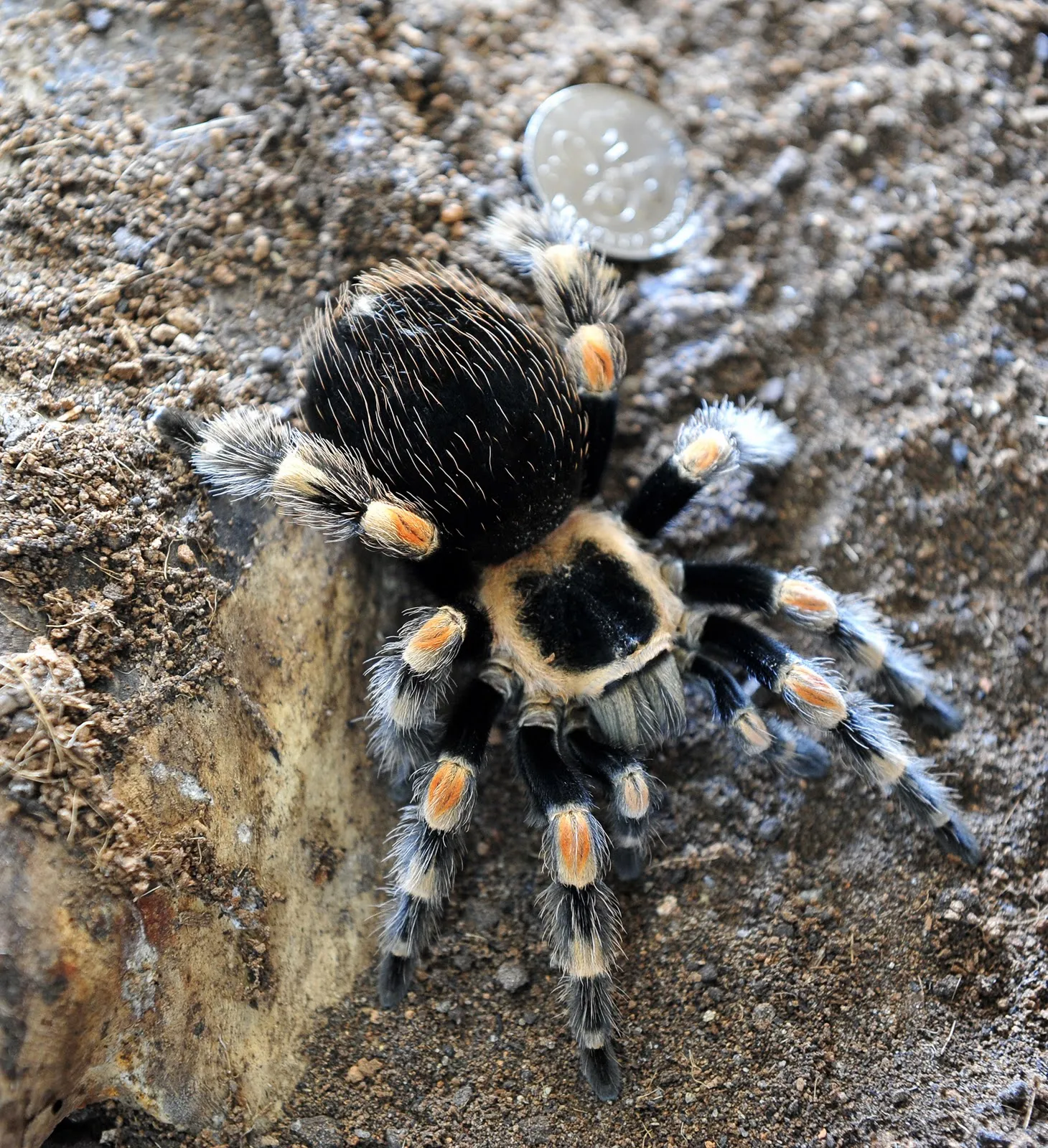
Providing fresh water is essential for the hydration of your Mexican Red Knee Tarantula. Use a shallow water dish or a bottle cap filled with clean water. Ensure the water dish is shallow enough to prevent the tarantula from drowning. Change the water frequently to keep it fresh and clean. In addition to a water dish, mist the enclosure lightly once or twice a week to maintain humidity. Avoid spraying the tarantula directly. This ensures your tarantula has enough water to drink and helps keep humidity levels at an ideal setting.
Handling and Safety
Handling a Mexican Red Knee Tarantula should be approached with caution and respect. While they are generally docile, tarantulas can bite if they feel threatened or startled. Understanding the risks and practicing safe handling methods is crucial for both your safety and the tarantula’s well-being. When you follow a set of safety guidelines, you can avoid any potential harm to yourself and your pet. Always consider the tarantula’s health and temperament before handling it.
Safe Handling Practices
Handle your Mexican Red Knee only when necessary, such as when cleaning the enclosure or relocating the tarantula. Before handling, make sure your hands are clean and free of any lotions or perfumes. Approach the tarantula slowly and gently. Never grab or squeeze the tarantula. If you choose to handle the tarantula, do so while seated on the floor or close to the ground, to minimize the risk of injury should it fall. Be aware of the tarantula’s behavior at all times. Be prepared to put the tarantula back in its enclosure if it shows signs of stress or aggression. If the tarantula flicks hairs or raises its front legs, it’s a sign that you should leave it alone.
Recognizing Stress Signs
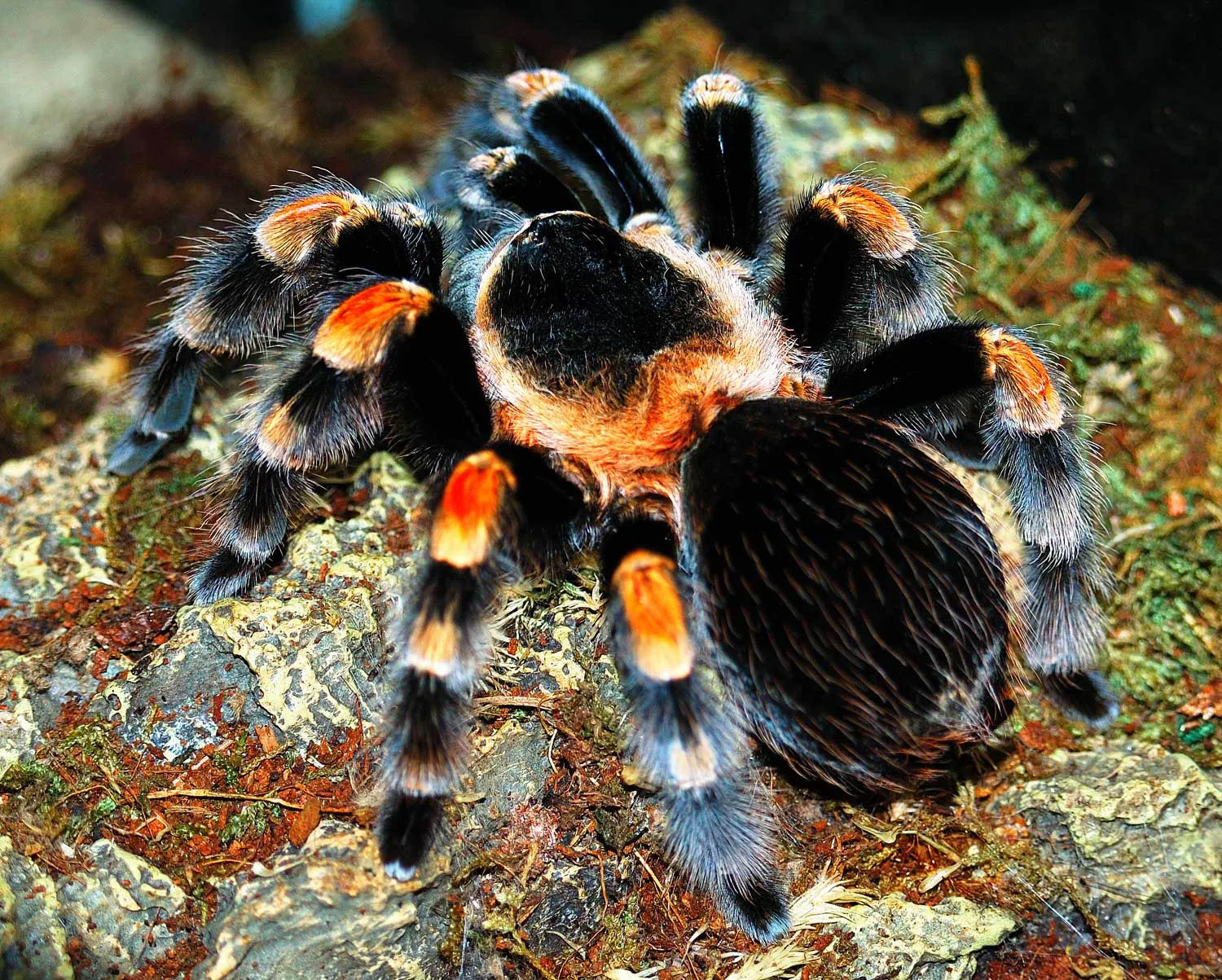
Knowing how to recognize signs of stress is important for your tarantula’s well-being. A stressed tarantula might flick hairs from its abdomen, rear up its front legs, or move erratically. These behaviors are defensive signals, indicating it feels threatened. If you observe any of these signs, immediately stop handling the tarantula and place it back in its enclosure. Other signs of stress can include loss of appetite or hiding more than usual. Regularly observe your tarantula to familiarize yourself with its normal behavior, so you can recognize any changes that might indicate a problem.
Health and Common Issues
Like all pets, Mexican Red Knee Tarantulas can experience health issues. Regular observation and understanding of common problems can help you provide the best care. Molting, a natural process, can sometimes present challenges. Other issues may include parasites or diseases. With proper care and attention, you can usually prevent and manage most health concerns. Knowing the signs and symptoms of health problems allows you to seek proper veterinary care when necessary.
Molting Process
Molting is a natural process where the tarantula sheds its exoskeleton to grow. During molting, the tarantula will often stop eating and may appear lethargic. Provide a humid environment and avoid disturbing the tarantula during this time. Do not feed the tarantula until its fangs have hardened after molting. The process can take anywhere from a few hours to a few days. Avoid handling the tarantula during or immediately after molting, as its new exoskeleton will be soft and vulnerable. After the molt, the tarantula’s colors may appear brighter. The molted exoskeleton can be removed from the enclosure once it’s dried.
Identifying and Treating Diseases
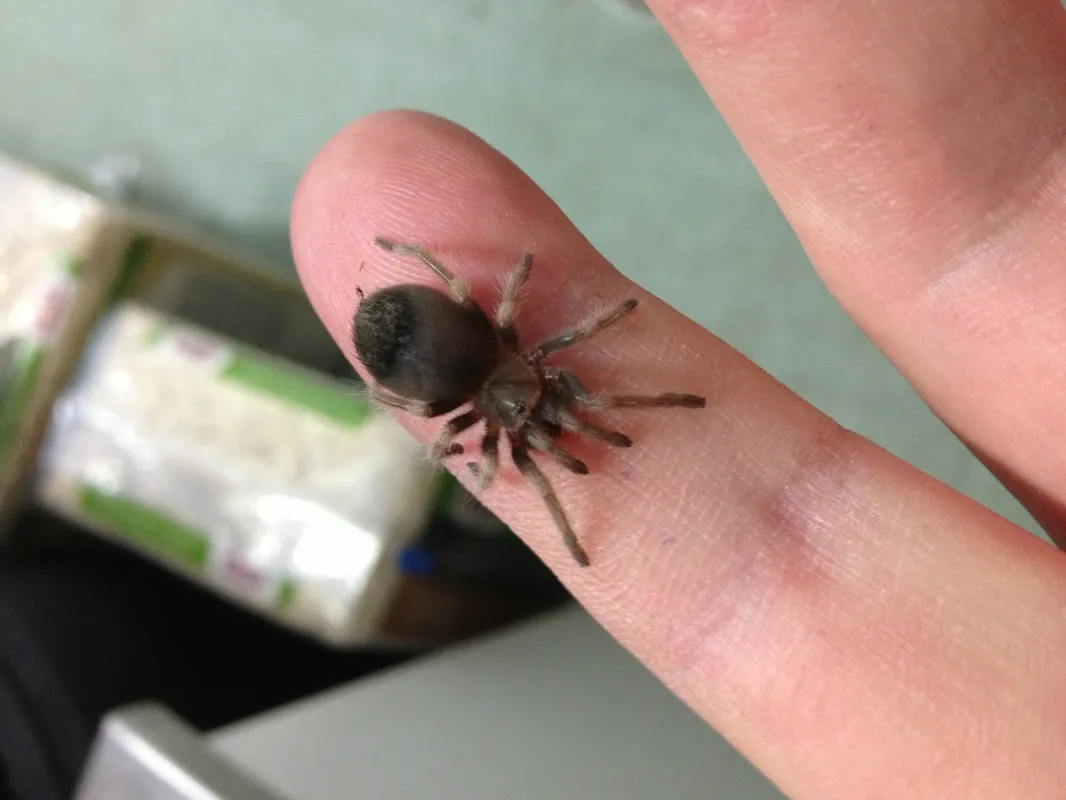
While generally hardy, Mexican Red Knees can be susceptible to certain health problems. Some potential issues include fungal infections, mites, and internal parasites. If you notice any unusual symptoms, such as lethargy, loss of appetite, or changes in appearance, it’s essential to consult a veterinarian experienced in exotic pets. Signs of illness can include a swollen abdomen, lack of coordination, or unusual behavior. Early detection and treatment are crucial for the tarantula’s survival. Keep the enclosure clean, provide proper humidity, and feed the tarantula a balanced diet to help prevent illnesses. Quarantine any new tarantulas before introducing them to your existing collection.
Final Thoughts
Caring for a Mexican Red Knee Tarantula can be a rewarding experience. By following these care tips, you can ensure your tarantula lives a healthy and fulfilling life. Remember that patience, consistency, and a commitment to learning are key. Regularly monitor your tarantula’s behavior, enclosure conditions, and feeding habits. Don’t hesitate to seek advice from experienced keepers or a veterinarian specializing in exotic pets if you have any concerns. Enjoy the fascinating world of these beautiful arachnids and the unique experience of owning a Mexican Red Knee Tarantula as a pet!
